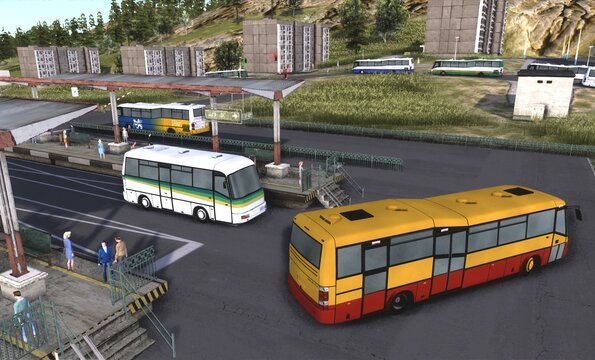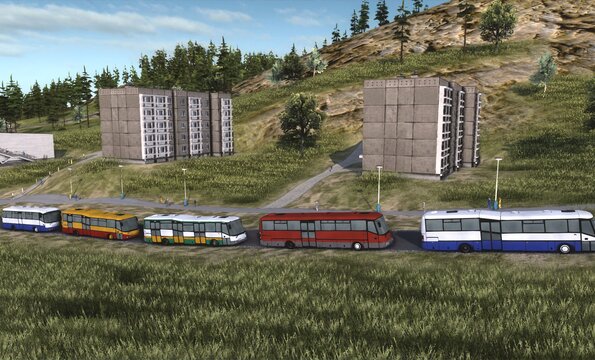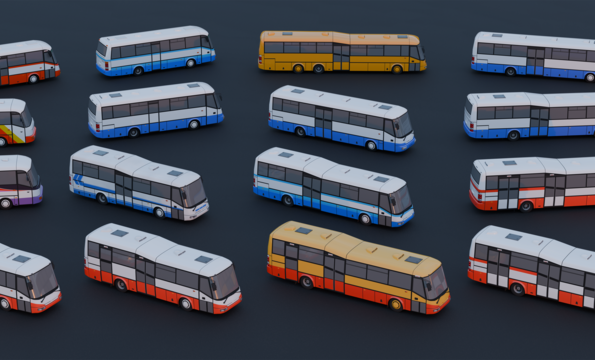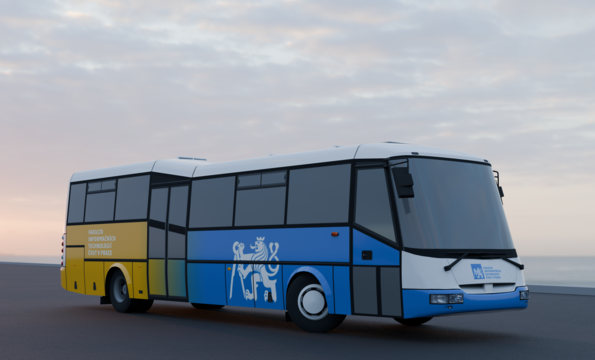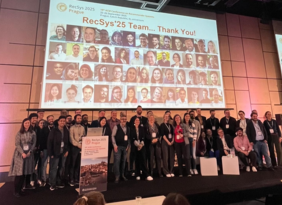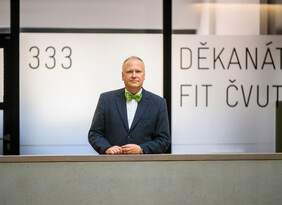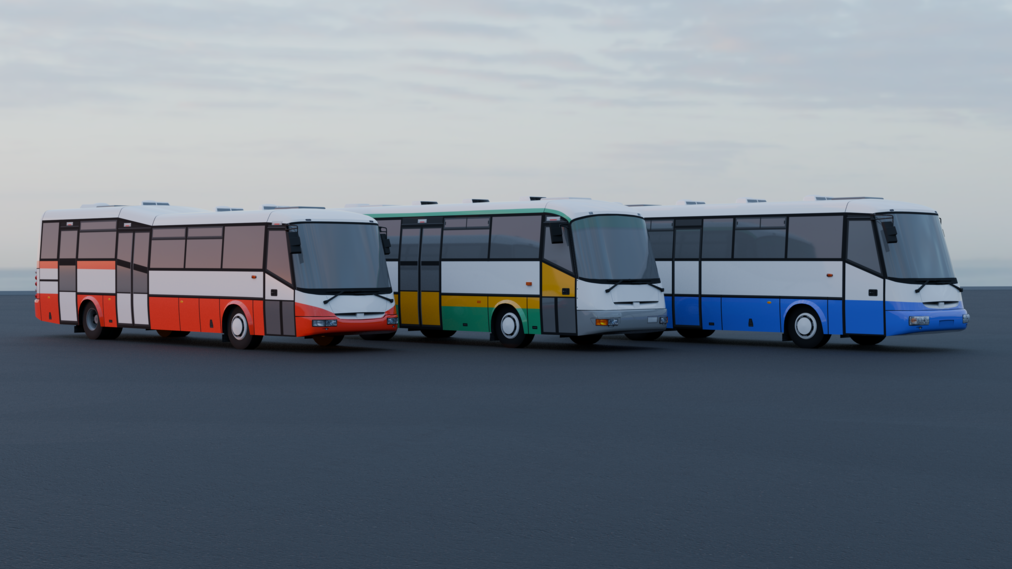
Bc. Patrik Cinert, a student at the Faculty of Information Technology of the Czech Technical University in Prague (FIT CTU), combined his passion for buses with digital 3D modeling in his bachelor’s thesis — resulting in a detailed pack of realistic vehicles used to expand the popular Slovak strategy game Workers & Resources: Soviet Republic. Even before the defense of his thesis, more than 2,000 players had already installed Patrik’s models.
Today, digital 3D modeling plays a key role not only in gaming, but also in architecture, medicine, product design, and the automotive industry. In game development, however, it is absolutely indispensable. Every tree, building, or vehicle that a player sees in a game must be manually or procedurally modeled.
In his bachelor’s thesis, Patrik Cinert focused on the gaming industry — specifically on expanding the Slovak game Workers & Resources: Soviet Republic. This city-building strategy with a retro socialist atmosphere tasks players with creating their own state, including managing bus transportation. Since Patrik loves buses, he decided to add the ones missing from the game — realistic models inspired by the Czech manufacturer SOR Libchavy.
“I’m aware that the title of the chosen game may sound politically oriented. I’d like to point out that I don’t identify with that political orientation — I’m interested in the game’s mechanics and especially in its vehicle fleet, which I want to expand. Everyone knows Karosa buses, but SOR buses are just as common in cities today. Yet no one had represented them in the game so far. I decided to change that,” explains Patrik.
Although the game is mostly viewed from a bird’s-eye perspective, which might tempt one to work with less detail, Patrik took the opposite approach — he aimed to create models that would hold up even at close range. This allowed them to be used not only in the game, but also in other simulations, scenes, or projects. Each model was equipped with realistic materials, textures, and optimized versions.
The result is a set of 10 meticulously crafted bus models, further expanded with various configurations of each model. In total, 16 unique vehicles were created — ready to drive through the virtual streets of players’ cities.
The modification quickly gained popularity among fans of the game, and thanks to its open approach, it was downloaded by thousands of players in a short time. This made the work not only academically interesting but also a tangible contribution to an active gaming community.
“In the future, the bus models could be expanded to include full interiors. During the modeling process, I already started creating a seat for city buses,” adds Patrik.
“The student’s passion for every detail of the buses resulted in a bachelor’s thesis that was not only technically nearly flawless but also immensely fun and instructive to test. His work proves that when someone dives into something with such enthusiasm and joy, they create something that delights not only the eyes but also the heart,” says thesis supervisor Ing. Radek Richtr, Ph.D.
